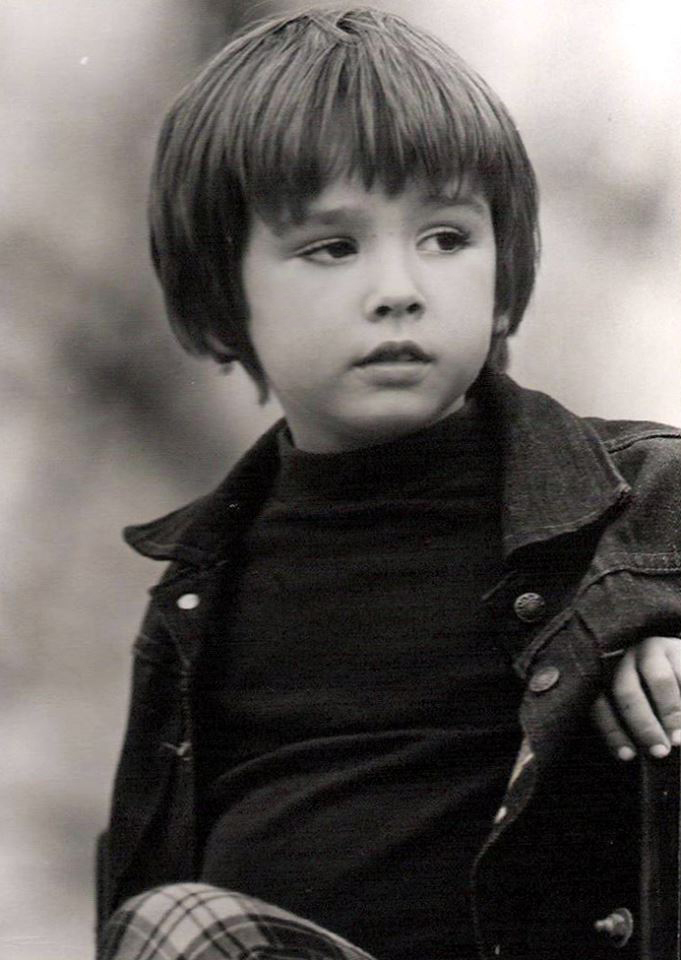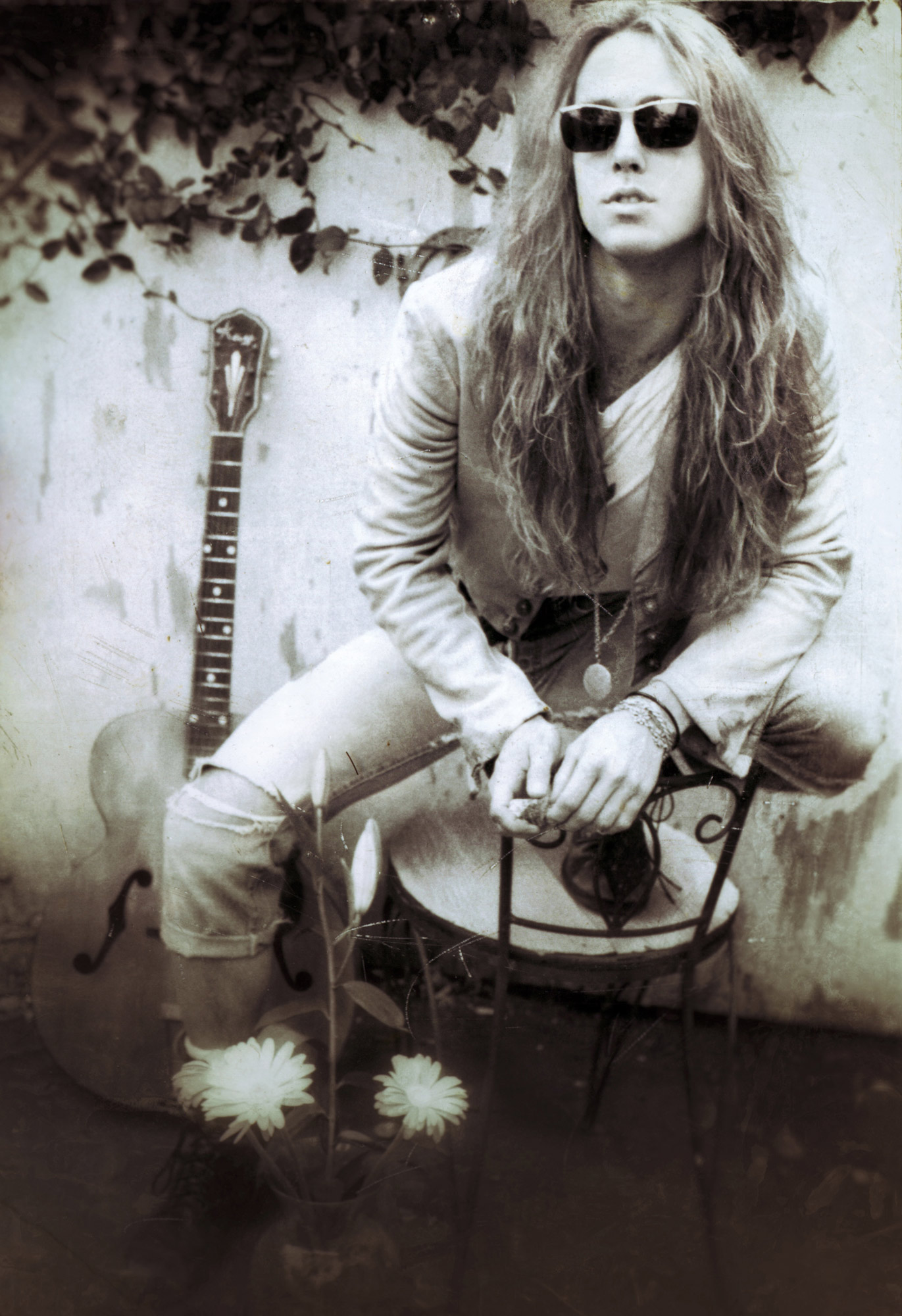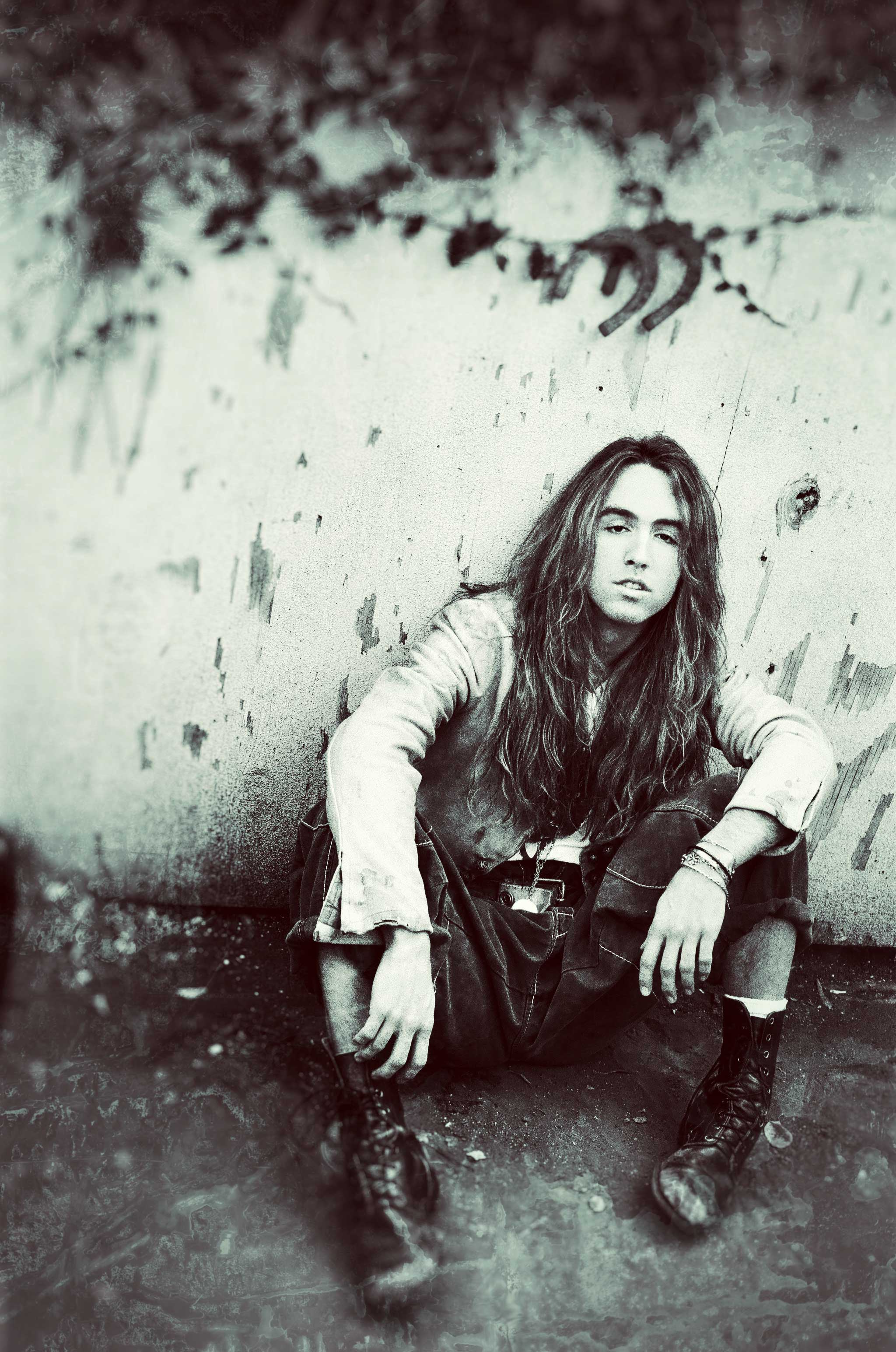Christian Anthony Arvan (born 17 August 1969) is an American musician, composer, and artist.
Chris was born in Detroit, Michigan. His mom, Julie, went to see Led Zeppelin May 16, 1969 at The Grande Ballroom in Detroit while she was pregnant with him and from as early as he can remember, he wanted to play guitar. His family moved to San Mateo, California when he was 5 and it was around this time he got his first small acoustic guitar. The first song he learned to play was theme song to the early 70’s Batman tv show. He really liked the sound of electric guitar, but it took him a few years to actually figure out what he was missing. When he was 8, he rode his bike down to the local music shop where they had some electric guitars and he plugged one into an amp with an MXR distortion+ pedal. He felt like he had made the discovery of the century. He built his own electric guitar when he was in high school and still uses that guitar to this day.

Career
In 1989, just after high school, Chris replaced Paul Gilbert as guitarist in the Los Angeles band Racer-X after being discovered by Mike Varney and featured in Guitar Player magazine the previous year. The band was selling out and packing their usual rotation of The Roxy Theatre, Troubadour, and the Country Club in Reseda, California, but years of unsuccessfully searching for major label representation finally took its toll on the band. The rest of the group, searching for an explanation to the lack of major label interest, focused their frustrations on singer Jeff Martin. Chris initially brought in singer Oni Logan as a replacement for Martin, but Logan soon left (eventually joining Lynch Mob) and the band fractured. After the demise of the final Racer X line-up, Chris attended a year of college at USC and briefly formed his own band in Los Angeles, but eventually decided to move back to San Francisco. He focused on songwriting and music production for the next few years while also attending classes at UC Berkeley.



